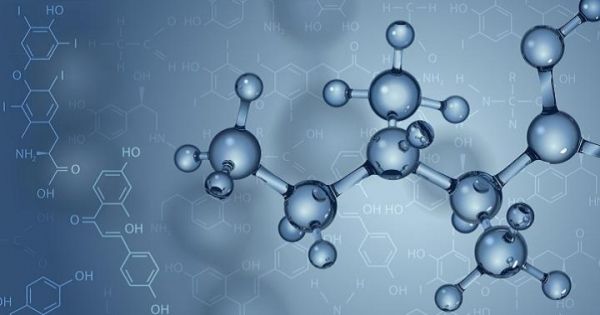Removing the troublesome impurities of hydrogen sulfide (H2S) and carbon dioxide (CO2) from natural gas could become simpler and more effective using a metal-organic framework (MOF) developed at KAUST.
Upgrading natural gas in this way could help Saudi Arabia to make greater and cleaner use of its abundant natural gas supplies, which can contain high levels of these two impurities. The technology could also promote increased use of natural gas and other industrial gases containing H2S and CO2 worldwide, to reap potentially large environmental and economic benefits.
Natural gas is largely composed of methane (CH4) and smaller quantities of other useful hydrocarbons, together with some impurities. Once stripped of contaminants, natural gas burns much more cleanly that other fossil fuels: it emits no sooty particulates as well as less CO2 and polluting oxides of nitrogen and sulfur.
This KAUST advance will support Saudi Arabia’s Vision 2030 program. This major initiative, aimed at reducing the Kingdom’s dependence on oil and developing new environmentally sustainable technologies, includes the goal to source 70 percent of energy from natural gas.
Read more at King Abdullah University of Science & Technology (KAUST)
Image: Once stripped of contaminants, natural gas burns much more cleanly that other fossil fuels. (Credit: © Yevhen Tarnavskyi/ Shutterstock, Inc.)


